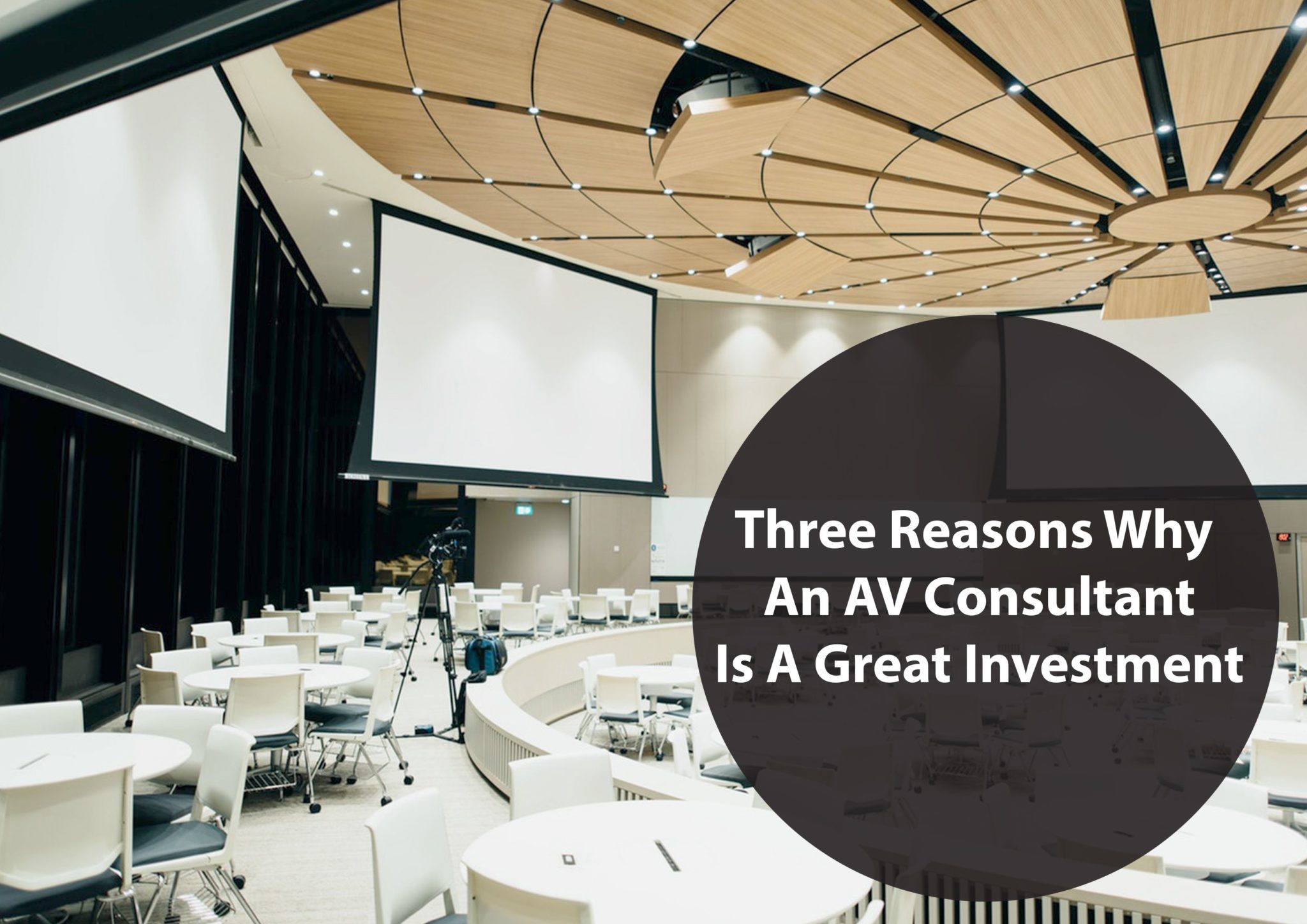Frame Yourself Correctly for a Better Video Call Experience
Hi there! It’s David here from konnectus.
And if, like me for the last three or four weeks you have been on a lot of conference calls, you know, we’re now working from home, it’s a whole new reality. You might have been on one or two conference calls a week earlier but now, I seen it beyond two or three every single day and I’m doing it working from home and you’ll probably on the same situation if you’re watching this.
So, what I’ll like to do today is just give you three tips to improve the communication that you’re having on your video calls. Very, very simple to implement. It’ll probably take you less than 10 seconds and the best thing is, it’s absolutely free.
What we are just trying to do is to tweak our set-up a little bit. Specifically, it’s about the framing, where our head is positioned in the camera and, sort of, framing out our body inside the actual shot of the camera.
First of all, what we want to be trying to do, tip number one is, we want to try and get the camera as close as we can to our eyes or our height.
So, you’re sitting at your work station there and if it’s all set up correctly, you know, good ergonomics and all of that, you probably find that the height of the camera or the height of your eyes is around 1.2 metres. So, if you can get your camera to be at that same height, that’ll be fantastic cause that then it just gives you the impression that you’re looking at the person in the eyes when you’re on a call and then it makes some big difference.
One of the things that I’m seeing all too often at the moment, I’m afraid, is that the camera is a little bit too low and it’s, sort of, shooting up this way, sort of, up the person’s nostrils and capturing the ceiling behind them, just not a good look.
Tip number two, and this is all about head positioning. So, first of all, you want your heads to be positioned not too close to the camera, we don’t need to be that close, not too far back either, but also are centered in the shot. So, you can see, we’re on positioned at the moment. I’ve got my head centered in the shot, that means I’m the center of attention and that’s exactly what you want on a video conference call, you want to be the center of attention cause that’s what’s going on. You were the one speaking and there’s no one else around you in a work from home set-up.
Now, the other thing, this is probably tip number 3, is the actual height of your head. So, you’ll see at the shot of the moment of me, you noticed that my head is at the top 50% of the frame and that’s important because it’s now allowing the bottom 50%, high in my body, to also be involved in a whole conversation here because there’s so much body language that will be missing if it was just my head zoomed in real close like this, or if my head was way down lower like that and you couldn’t see my body cause then you know, in a face to face meeting, we get all of that information down. We get the body language, the hand gestures, and it’s a lot more powerful than just the actual facial expression by themselves.
So, those are my three tips: 1.) Get the eye line right; 2.) Get the head positioning right, not too close; 3.) Then, the top 50%. And then you’re going to be good to go.
So, implement that in the next 10 seconds or so, should be very very easy to do. Spread the words so the world is going to have much better communication on our video conference call while we’re working from home.
Have a great week! All the best!


